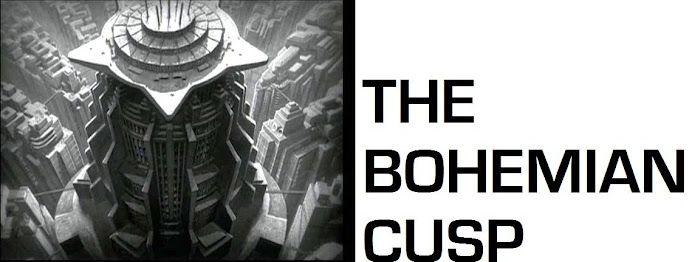One of the viral commercials made for ShitHarperDid.ca
As far as digital and new media is concerned in the realm of Canada’s political theatre, the methods are fairly tried and true reflections of what would usually be seen in the physical arena. From political party juniors and hacks trolling social media platforms and blogs, to innumerably unfunny parodies of the old “I’m a Mac, I’m a PC,” commercial, pitting two partisan party personas against one another.
The Canadian federal election of spring 2011 has, unfortunately, brought little else in the way of defining, technological innovations in the world of political dialogue, promotion and information dissemination. Political party hackery has, as expected, run rampant and made many an eye-roll, recalling an old insight imparted by John Stewart, “...extremes run the world, because moderates have shit to do.”
 However, one bright spot was the arrival of Shit Harper Did by TRUTHFOOL Communications. Though this initiative, in its parts, was not necessarily technologically innovative, in the integration of its parts into a broader socio-political communication strategy, it was both conceptually new and simply fun. This strategy quite effectively connected comedic, viral commercials with a simplified site as its hub. From there, a “shitty” fact about Stephen Harper was offered and links from this site directed users to news websites, such as the CBC, for further information on this fact. Shit Harper Did established itself as a humourously engaging, easily shareable, user-friendly, and informatively accountable, social and political vehicle.
However, one bright spot was the arrival of Shit Harper Did by TRUTHFOOL Communications. Though this initiative, in its parts, was not necessarily technologically innovative, in the integration of its parts into a broader socio-political communication strategy, it was both conceptually new and simply fun. This strategy quite effectively connected comedic, viral commercials with a simplified site as its hub. From there, a “shitty” fact about Stephen Harper was offered and links from this site directed users to news websites, such as the CBC, for further information on this fact. Shit Harper Did established itself as a humourously engaging, easily shareable, user-friendly, and informatively accountable, social and political vehicle.
What’s more, though it was quite obviously condemning of Stephen Harper and his Conservative government, it was otherwise un-partisan in its intent, as it was unaligned with any other Canadian political party. Shit Harper Did was more concerned with encouraging the large quantity of politically disinterested Canadians to vote, if for no other reason, than to prevent the election of a government that does the same “shit,” or, at least, the same “shit” to the same “shitty” degree.
The Canadian federal election of spring 2011 has, unfortunately, brought little else in the way of defining, technological innovations in the world of political dialogue, promotion and information dissemination. Political party hackery has, as expected, run rampant and made many an eye-roll, recalling an old insight imparted by John Stewart, “...extremes run the world, because moderates have shit to do.”
 However, one bright spot was the arrival of Shit Harper Did by TRUTHFOOL Communications. Though this initiative, in its parts, was not necessarily technologically innovative, in the integration of its parts into a broader socio-political communication strategy, it was both conceptually new and simply fun. This strategy quite effectively connected comedic, viral commercials with a simplified site as its hub. From there, a “shitty” fact about Stephen Harper was offered and links from this site directed users to news websites, such as the CBC, for further information on this fact. Shit Harper Did established itself as a humourously engaging, easily shareable, user-friendly, and informatively accountable, social and political vehicle.
However, one bright spot was the arrival of Shit Harper Did by TRUTHFOOL Communications. Though this initiative, in its parts, was not necessarily technologically innovative, in the integration of its parts into a broader socio-political communication strategy, it was both conceptually new and simply fun. This strategy quite effectively connected comedic, viral commercials with a simplified site as its hub. From there, a “shitty” fact about Stephen Harper was offered and links from this site directed users to news websites, such as the CBC, for further information on this fact. Shit Harper Did established itself as a humourously engaging, easily shareable, user-friendly, and informatively accountable, social and political vehicle.What’s more, though it was quite obviously condemning of Stephen Harper and his Conservative government, it was otherwise un-partisan in its intent, as it was unaligned with any other Canadian political party. Shit Harper Did was more concerned with encouraging the large quantity of politically disinterested Canadians to vote, if for no other reason, than to prevent the election of a government that does the same “shit,” or, at least, the same “shit” to the same “shitty” degree.






 Increasingly, the benefits of urban gentrification are being hailed as hugely important to the cultural development of communities, and broadly, cities. By no means a new, positively received concept, it is certainly one that has powerfully come in vogue within, at least, the past two decades.
Increasingly, the benefits of urban gentrification are being hailed as hugely important to the cultural development of communities, and broadly, cities. By no means a new, positively received concept, it is certainly one that has powerfully come in vogue within, at least, the past two decades.